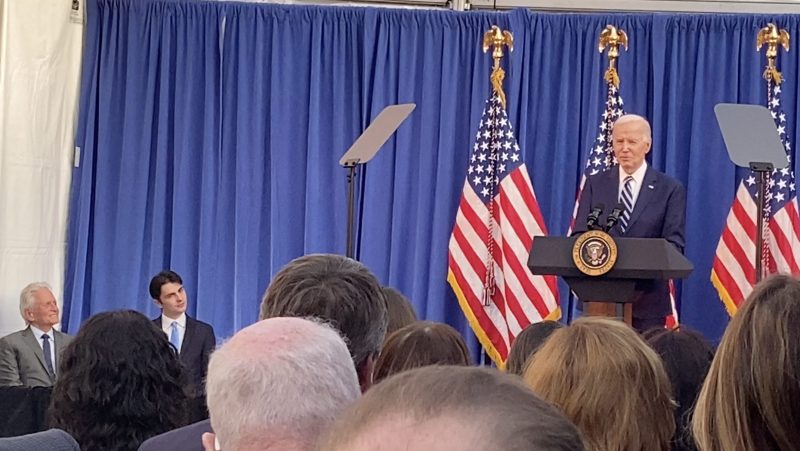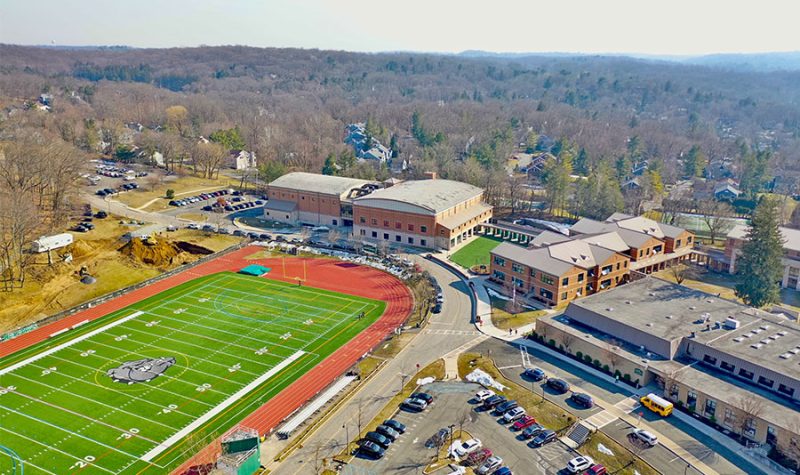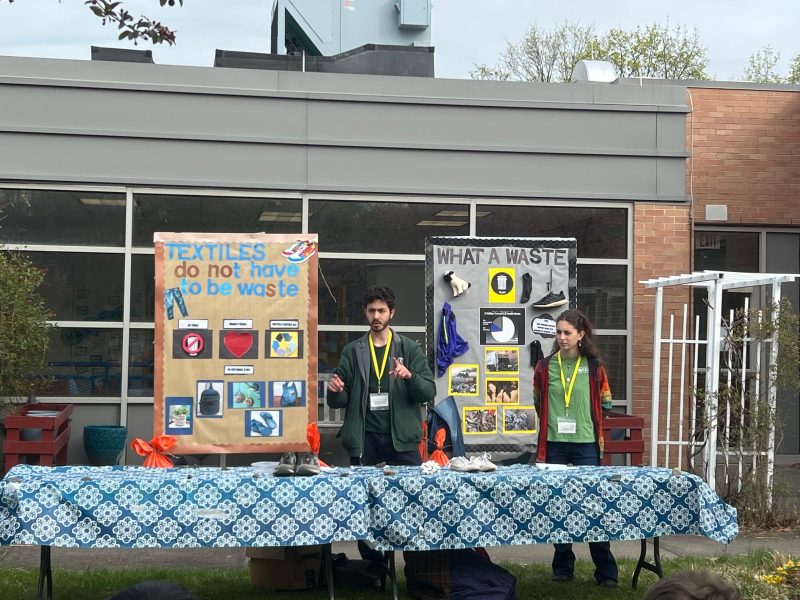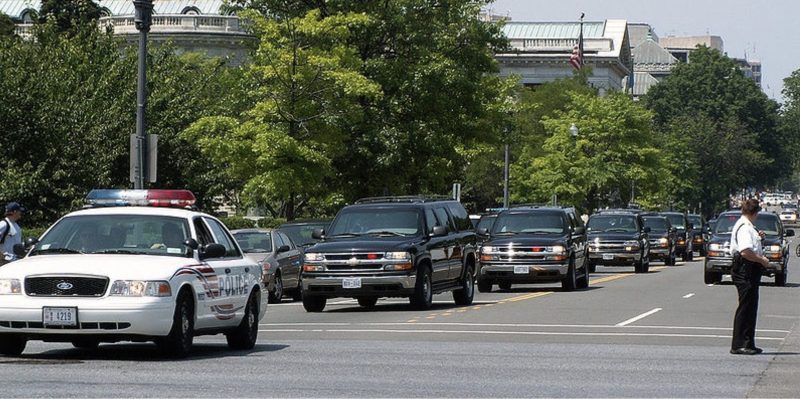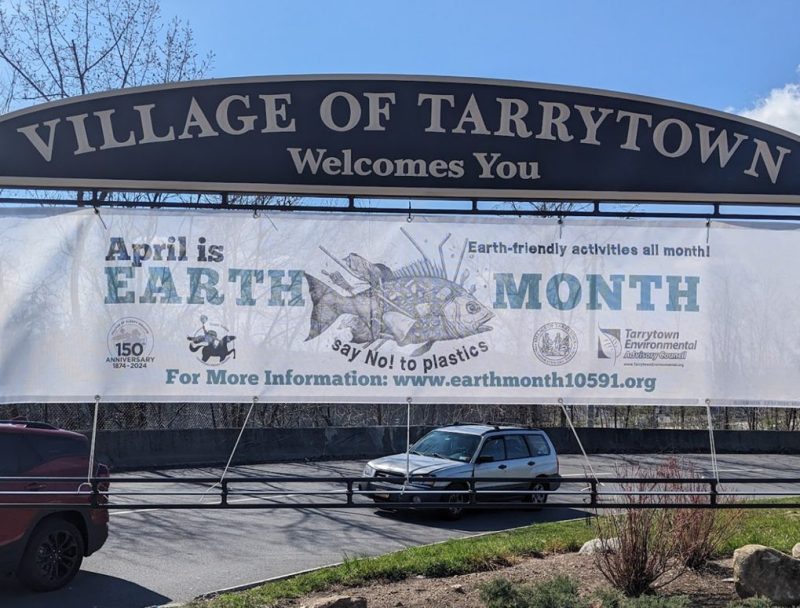
Commentary
| by Bhavya Reddy |
An official from the U.S. Nuclear Regulatory Commission (NRC) described the recent incident at Indian Point as “a day-to-day event” in the Westchester Guardian. While local residents and politicians alike have been campaigning for years for the plant to be denied its license renewal, the recent fire and oil spill highlight the need for a shift to a new kind of normal, one with energy sources that are not only renewable but also more inert. What could a future without Indian Point look like?
At first glance, the statistics about sources of electricity in our region can make replacement of the energy generated by nuclear seem daunting. According to the EPA Power Profiler, 39.9% of our electricity comes from nuclear energy, compared with 19.6% for the nation as a whole. However, this also means that there is a great deal of untapped potential for growth in non-hydroelectric renewable energy sources, which currently provide only 1% of our electricity.
One of the arguments made for nuclear energy is that it produces electricity without carbon emissions that would need to be replaced by fossil fuels. However, according to a 2012 study done by Synapse Energy for the National Resources Defense Council (NRDC) and Riverkeeper, it would be possible to replace the energy from Indian Point through a combination of improvements in energy efficiency and renewable energy sources, with the majority coming from wind power and the rest from a combination of solar, biomass, and hydro.
What would be the cost of this ideal transition? As far as the economic impacts go, this study projected that the average consumer could expect to pay an extra $1 per month, while a conservative study from the Manhattan Institute projected $6-9 per month if natural gas power plants and transmission lines were also built. However, “going off the grid,” or disconnecting from utility companies, is also becoming a more feasible option. Around the country, the cost of having a solar and battery system in the home will reach parity with paying a utility company for electricity. It is projected by the Rocky Mountain Institute that in Westchester, this “grid parity” will occur in 2020 or sooner for commercial entities and 2025 for residential ones. We would also need to become comfortable with the visual changes in the landscape that might result from a shift to renewables, particularly if wind energy was a major part of the solution.
Nations that are much more reliant on nuclear energy than we are currently shifting towards diversifying their energy sources; France gets about 3/4 of its electricity from nuclear power plants, but the president pledged to reduce the amount of nuclear power by a third in the next ten years. Energy sources that are more varied could prove less vulnerable to major shutdowns than a single type of power source. Even if such transitions aren’t easy, they show what’s possible when everyone from the federal government to local communities commits to creative solutions. While change may not happen overnight, we don’t need to wait for another wake-up call to shift to a new kind of “day-to-day.”
Even though towns and states can take significant steps toward implementing solutions, the power to prevent problems that can affect small communities remains at the federal level. Some future developments to keep an eye on:
• At the latest NRC hearing on May 20th, 400 people listened to federal officials speak about the plant’s safety record. They are still unsure about what caused the transformer to explode, but the NRC will be sending in officials to investigate further and Entergy will be releasing more information about it on June 30th.
• From June 1st – 11th, there will be talks in Bonn, Germany among nations creating a plan to curb carbon emissions, which will culminate in the COP21 climate conference in Paris at the end of this year. The United States has submitted a plan that commits to a 26-28% reduction below 2005 levels by 2025, but look for more details about how exactly this will be achieved.
In the meantime, what can be done? Attend events in our area, such as the “Health of the Hudson” panel moderated by Senator Hoylman on June 4th from 6:30 – 8:30pm, 333 West 23rd Street, NY (RSVP by calling 212-633-8052 or by emailing hoylman@nysenate.gov). Already have an opinion? Contact your senators to share it:
Senator Gillibrand: http://www.gillibrand.senate.gov/contact/
Senator Schumer: http://www.schumer.senate.gov/contact/
Bhavya Reddy is a member of the Sleepy Hollow Environmental Advisory Council and the Tarrytown Environmental Advisory Council
Read or leave a comment on this story... Print
Print












